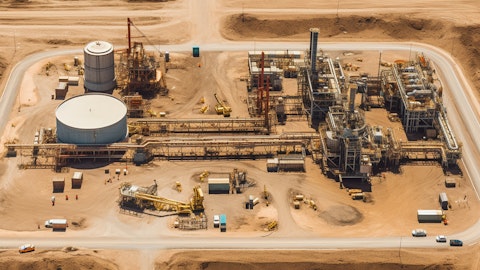Australia has moved past the standard 5G coverage maps and telco bragging rights to a competitive race that produces real-world results. The network transformation affects how businesses operate and consumer service delivery, and determines which groups will be left behind. Multiple service providers are advancing quickly, but others face an urgent need to match their pace. Multiple companies have already experienced positive impacts on their financial performance from their strategic initiatives.

The national 5G network from Telstra reached 87% population coverage with more than 2600 base stations throughout the country during the first quarter of 2024. This coverage will grow to reach 95% of the population during this year’s final months. The company maintains the fastest and most consistent speed capabilities throughout its network. Recent tests revealed Telstra achieved upload speeds above 300 Mbps as the company continues its mission to establish dependable satellite backhaul for remote coverage areas.
Optus established 1,000 new sites and formed a partnership with Vodafone to enhance regional network accessibility. The network operates as a forceful competitor by delivering 5G services particularly well in urban areas where demand remains at its peak. The enterprise-oriented approach of TPG is demonstrated through its network virtualisation efforts while targeting specific high-density areas for coverage.
The early benefits of 5G adoption have been noticeable in several different sectors that initially started using the technology. Among them, the entertainment and gaming industries have gained the most. With 5G’s lower latency and higher bandwidth, mobile-first design has gone from optional to crucial.
For instance, the latest launch of newer online casino platforms is expanding their mobile offerings to lag-free live dealer sessions, real-time gaming sessions, and instant transactions. These improvements have become a selling point. Today’s consumers expect faster experiences and flawless interaction, especially when wagering on live outcomes or switching between games on mobile.
Financial institutions stand as pioneers in testing 5G-enabled system applications. Financial institutions test real-time fraud detection instruments that depend on fast data transmission capabilities. The healthcare industry enables remote diagnostic procedures and medical device connectivity mainly through 5G networks, which serve urban hospitals.
Not everyone gets to experience this, though. Rural communities often find themselves at the tail end of major network upgrades. While Telstra’s extended reach helped many communities, there are still plenty of areas with spotty 5G availability. This, unfortunately, has real consequences, limiting access to advanced online services, slowing business activity, and even affecting access to telehealth.
Infrastructure alone doesn’t tell the full story. A national rollout means more than just getting bars on a phone screen. Businesses must be ready to use it. That’s where the lag shows. Despite the wide reach of 5G, a recent report revealed that nearly three-quarters of Australian businesses have yet to use the technology in any meaningful way. This is not a technical issue by any means. It seems to be a matter of readiness. Smaller companies tend to often lack the investment or strategy to transition from standard connections to low-latency, high-throughput environments.
Nationally, however, the government-backed studies estimate that 5G could add between $24.1 billion and $66.6 billion to GDP by 2030. This increase could potentially be driven by productivity gains, smarter supply chains, and tech-enabled service delivery.
Historically, Australia has achieved about 80% of its per capita income growth through labour productivity improvements. 5G drives productivity by enabling faster, low-latency connectivity essential for innovations such as autonomous vehicles, drones, AR, VR, and IoT applications. These technologies improve efficiency in sectors like healthcare, manufacturing, transport, and finance, accelerating economic growth.
5G also allows the development of smart cities and smarter supply chains and innovative business models that reduce costs while boosting output. The integration of cloud computing with 5G and other emerging technologies will establish new business opportunities which will boost the economic contribution of the tech ecosystem.
The economic stakes seem to be much higher, and this adds pressure on telcos and policymakers to keep momentum going. Delayed adoption doesn’t just slow innovation, it risks letting other economies take the lead in what comes next for mobile technology.
Australia’s 5G rollout isn’t over, but the providers leading the charge are visible. The challenge now is ensuring more people and industries get access, not just to faster speeds, but to everything those speeds can make possible.





